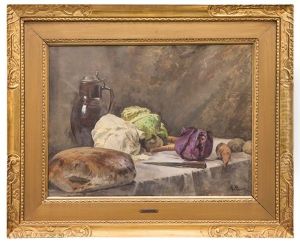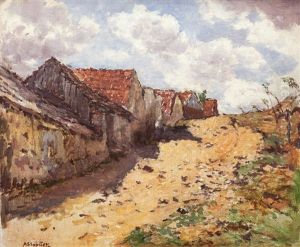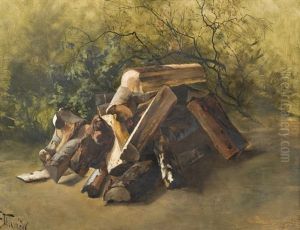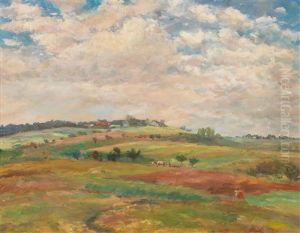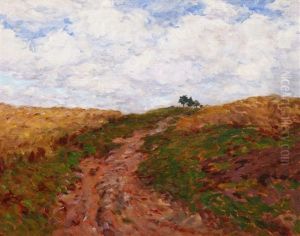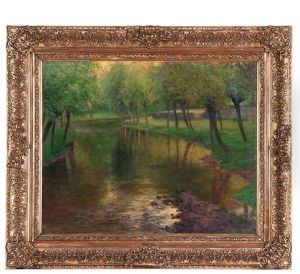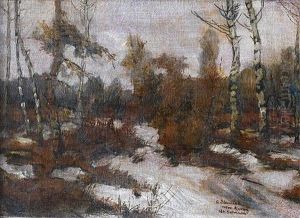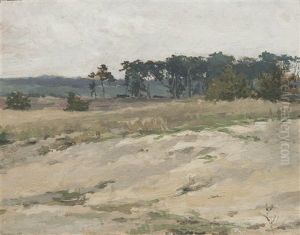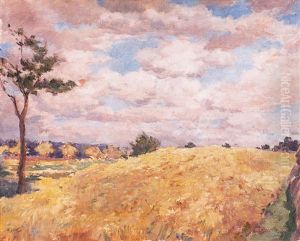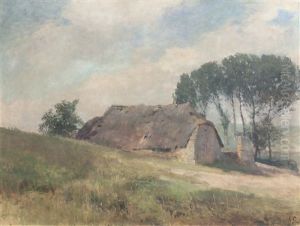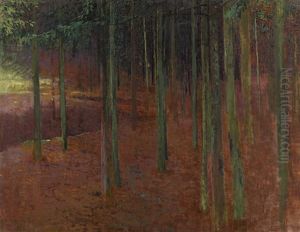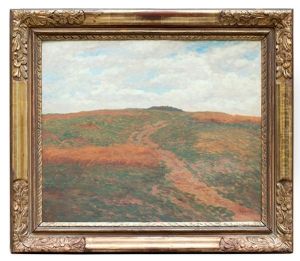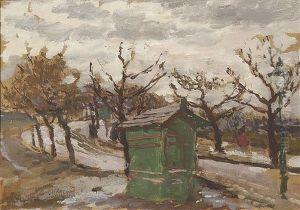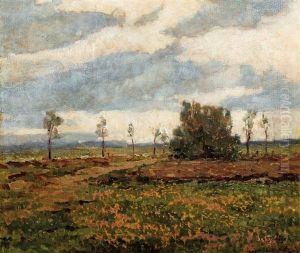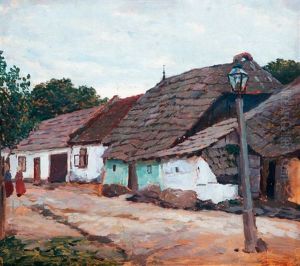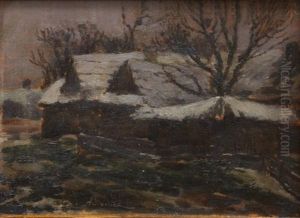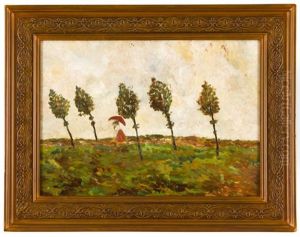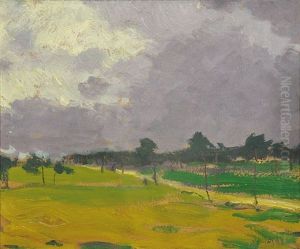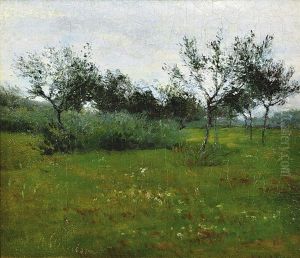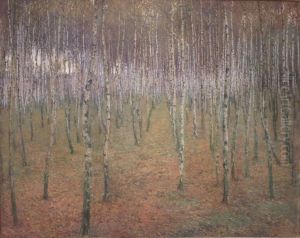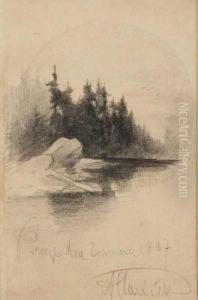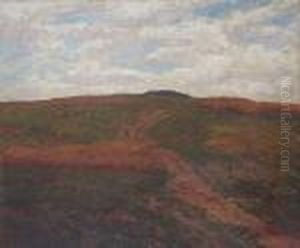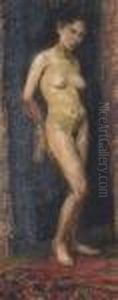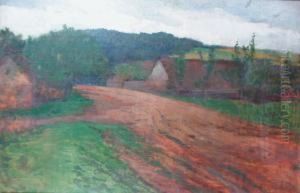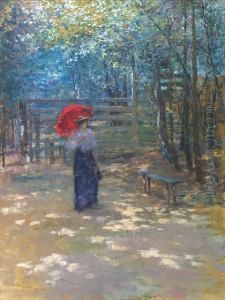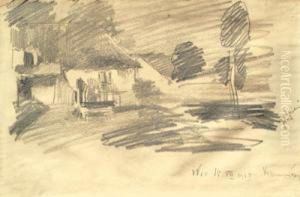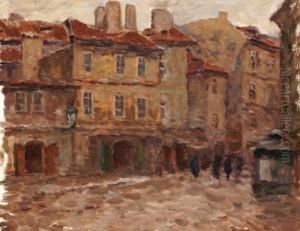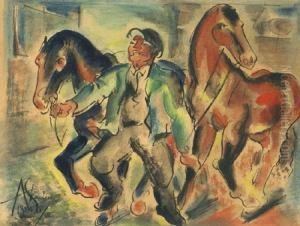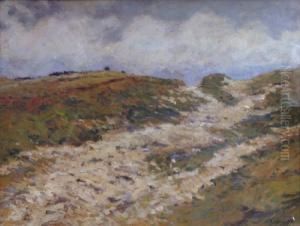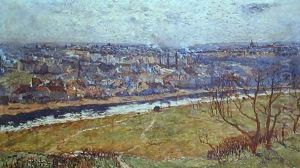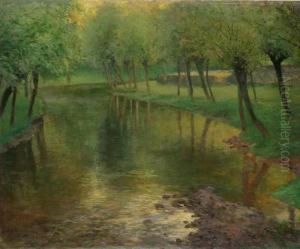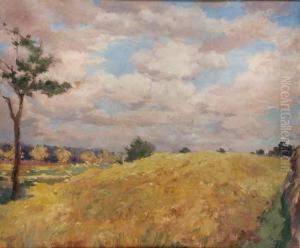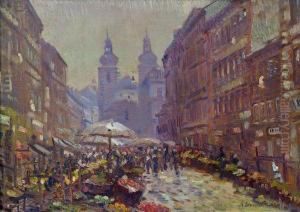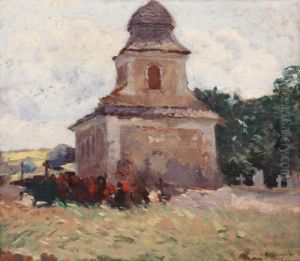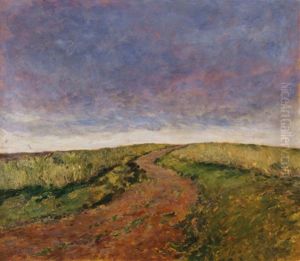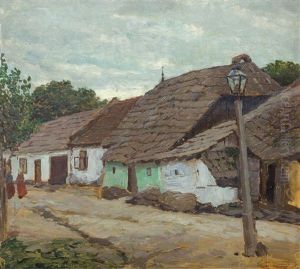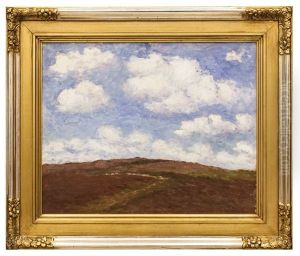Antonin Slavicek Paintings
Antonín Slavíček was a distinguished Czech painter, renowned for his contributions to landscape painting and a key member of the early 20th-century European art scene. Born on May 16, 1870, in Prague, which was then part of the Austro-Hungarian Empire, Slavíček showed an early inclination towards art, a passion that was nurtured and encouraged by his family. His academic journey in art began at the Academy of Fine Arts, Prague, where he studied under the tutelage of professors such as Max Pirner, and later, Julius Mařák, whose influence was particularly significant in shaping Slavíček's approach to landscape painting.
Slavíček's work is characterized by its emotional depth, innovative use of color, and the ability to capture the transient moods of nature. He was deeply influenced by the Impressionist movement, adapting its techniques to suit the Bohemian landscape, thus creating a unique blend of impressionism and realism that was very much his own. His paintings often depict scenes from the outskirts of Prague and the Vltava River, imbued with a sense of tranquility and an almost mystical quality. Slavíček was adept at capturing the changing seasons, the play of light, and the nuances of color, making his landscapes resonate with viewers on an emotional level.
Despite his talent and the critical acclaim he received during his lifetime, Antonín Slavíček's career was cut tragically short. He struggled with mental health issues and, overwhelmed by personal tragedies, including the death of his son, he took his own life on February 1, 1910, in Prague. His passing was a great loss to the Czech art world and to the broader European artistic community. Today, Slavíček is celebrated as one of the most important Czech painters of his era, and his works are highly valued, not only in the Czech Republic but internationally. His legacy lives on through his contributions to landscape painting, and he remains a source of inspiration for artists and art lovers alike.
